Last updated on April 5, 2024

Sakashima of a Thousand Faces | Illustration by Jason A. Engle
A fundamental part of what makes Commander such an interesting format comes from its singleton nature. You only get one copy of any card that’s not a basic land, which increases both deck diversity and variance. You can’t just cram four copies of the best cards in your deck, so you need to make more conscious decisions about what you’re including and cutting.
One strategy to keep your deck consistent is to stack it with redundant pieces. For example, chuck Llanowar Elves, Elvish Mystic, Fyndhorn Elves, and Wild Growth into one deck to basically give you four copies of the same effect for greater consistency.
You can also run copy effects, and Sakashima of a Thousand Faces gives you that value straight out of the command zone. You can use it to copy Toggo, Goblin Weaponsmith to highlight the pinnacle of goblin weaponry and engineering: the Rock!
The Deck
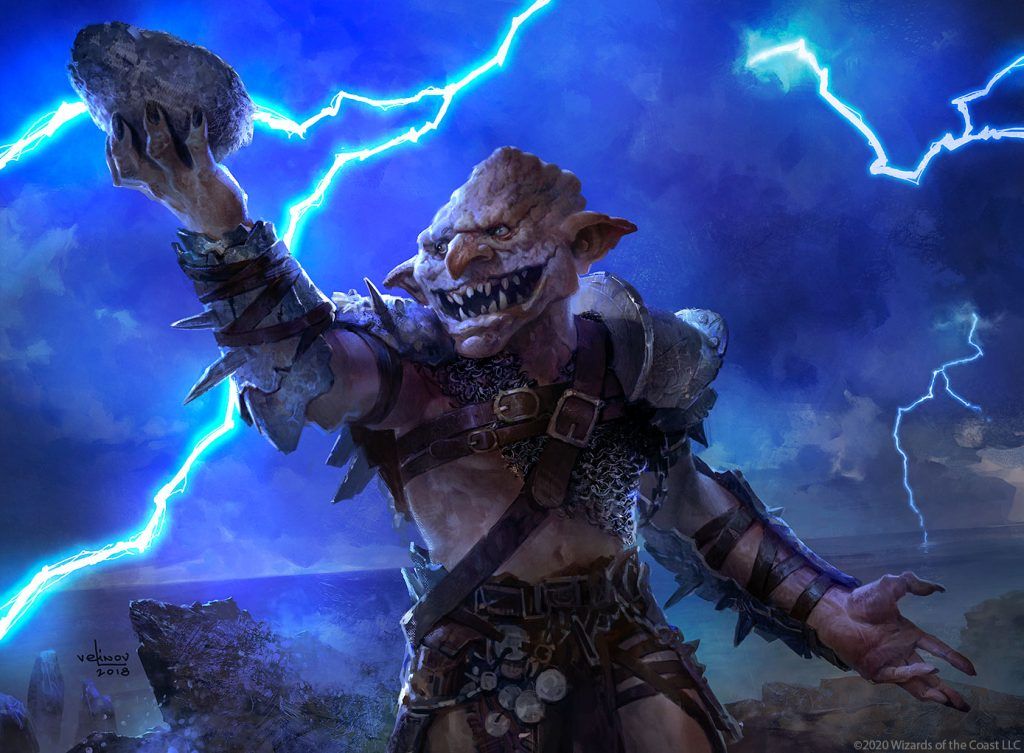
[cardToggo, Goblin Weaponsmith[/card] | Illustration by Svetlin Velinov
Commanders (2)
Sakashima of a Thousand Faces
Toggo, Goblin Weaponsmith
Planeswalkers (4)
Daretti, Scrap Savant
Saheeli, Filigree Master
Saheeli, the Gifted
Tezzeret the Seeker
Creatures (27)
Valduk, Keeper of the Flame
Transplant Theorist
Quicksmith Genius
Sage of Lat-Nam
Bjorna, Nightfall Alchemist
Breya's Apprentice
Reckless Fireweaver
Inkwell Leviathan
Myr Battlesphere
Magda, Brazen Outlaw
Combustible Gearhulk
Brudiclad, Telchor Engineer
Sai, Master Thopterist
Thought Monitor
The Reality Chip
Glasspool Mimic
Cyberdrive Awakener
Astral Dragon
Kappa Cannoneer
Goblin Engineer
Kuldotha Forgemaster
Phyrexian Metamorph
Memnarch
Wurmcoil Engine
Goblin Welder
Urza, Lord High Artificer
Blightsteel Colossus
Instants (10)
Voltage Surge
Lightning Bolt
Counterspell
Chaos Warp
Brainstorm
Miscast
Delay
An Offer You Can't Refuse
Arcane Denial
Prismari Command
Sorceries (9)
Rise and Shine
Preordain
Thoughtcast
Expressive Iteration
Ponder
Vandalblast
Shatterskull Smashing
Sea Gate Restoration
Indomitable Creativity
Enchantments (2)
Thopter Spy Network
Ghirapur Aether Grid
Artifacts (10)
Mind Stone
Izzet Signet
Talisman of Creativity
Fellwar Stone
Arcane Signet
Worn Powerstone
Sol Ring
Cursed Mirror
Thought Vessel
Machine God's Effigy
Lands (36)
Izzet Boilerworks
Temple of Epiphany
Command Tower
Obscura Storefront
Silverbluff Bridge
Maestros Theater
Castle Vantress
Sulfur Falls
Fabled Passage
Riverglide Pathway
Training Center
Fiery Islet
Inventors' Fair
Mountain x6
Arid Mesa
Otawara, Soaring City
Academy Ruins
Spirebluff Canal
Steam Vents
Scalding Tarn
Prismatic Vista
Island x9
Flooded Strand
This is an Izzet () artifact deck focused on maximizing what you can do with the Rock tokens created by Toggo, Goblin Weaponsmith. Sakashima of a Thousand Faces is a vital piece of the deck that doubles the number of Rocks you produce.
You’ve got a few ways to exploit your Rocks once you start manufacturing them. The most obvious use is to use them to blow up small creatures controlled by your opponents, which gives you lots of access to cheap removal in the early game. This deck’s primary use for the Rocks is taking advantage of them being artifacts.
Several of your cards let you turn the Rock tokens into card draw, either when they come into play or by sacrificing them. You’ve also got a couple of ways to make them into sources of damage without sacrificing them so that you keep extracting value while getting your opponents to zero.
The Rocks are also vital to your ability to close out the game. It’s an interesting way to win, converting a bunch of Rocks laying around into a lethal task force. It’s also flavorful. How else would Toggo win than chunking Rocks at opponents?
The Commanders
Sakashima of a Thousand Faces is an incredibly important piece to this deck. While Toggo, Goblin Weaponsmith creates the Rocks, Sakashima is the glue holding the deck together. Doubling your Rock production is vital to building up enough tokens that let you get into a game-winning state.
It’s also a very flexible piece that sits in the command zone. While you usually copy Toggo, especially in the early game, Sakashima can clone some of your other finishers to provide extra pressure to close the game. A second Blightsteel Colossus, for example. You can skirt the singleton restriction to get two of your best creatures, a value that can’t be underestimated.
Toggo, Goblin Weaponsmith is another incredibly important piece. It produces the weapons your deck relies on to get its blunt-force trauma across. Rock tokens aren’t especially impressive, so the deck is built around using them. It really leans on them being artifacts with a bunch of cards that want you to have a critical mass of artifacts laying around. They’re your source of card advantage and enable most of your wincons.
Card Advantage
Every commander deck needs card draw. Artifacts have several sources of card draw that are made better by your ability to produce artifacts by just playing lands. The card draw is especially important in this deck because you always want to make land drops to keep making Rocks.
Thoughtcast and Thought Monitor are sources of card draw strong enough to build a Legacy deck around, and they do plenty of work in this list. Drawing two cards for a single blue is almost Ancestral Recall. You enable it easily. These consistently cost a single mana by turn 4 or 5 with a little ramp.
Sage of Lat-Nam lets you sacrifice Rocks to draw cards. It’s a really cheap source of steady card advantage that you have no issues fueling. You’ve also got Breya's Apprentice to sacrifice Rocks and turn them into cards.
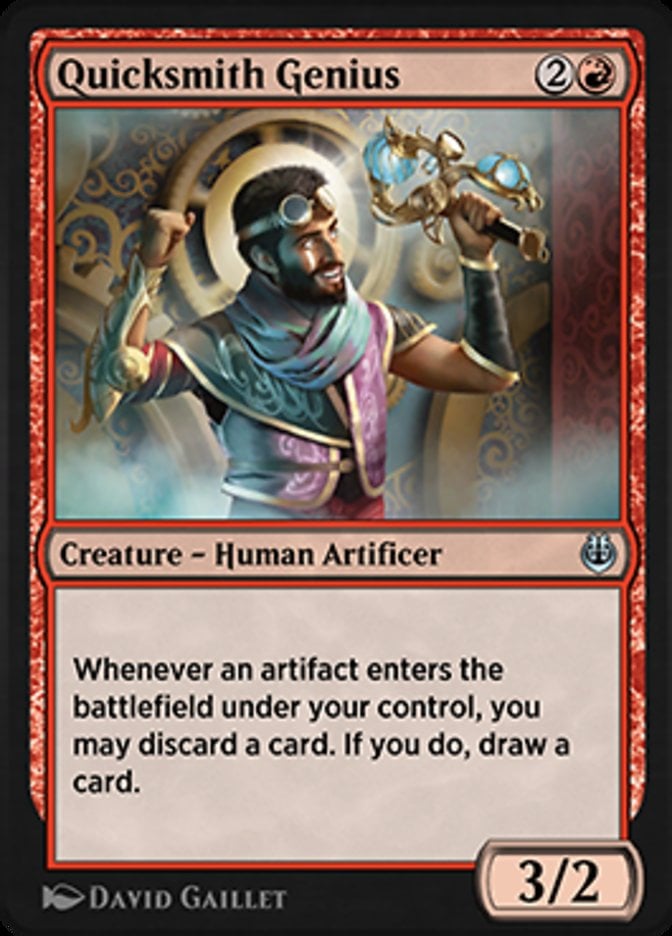
Quicksmith Genius doesn’t provide card draw but does provide a vital source of filtering. Rummaging every time a Rock enters the battlefield lets you churn through your deck to help find your interaction or finishers. You also have a few ways to recur artifacts from your graveyard, so the discard outlet is important.
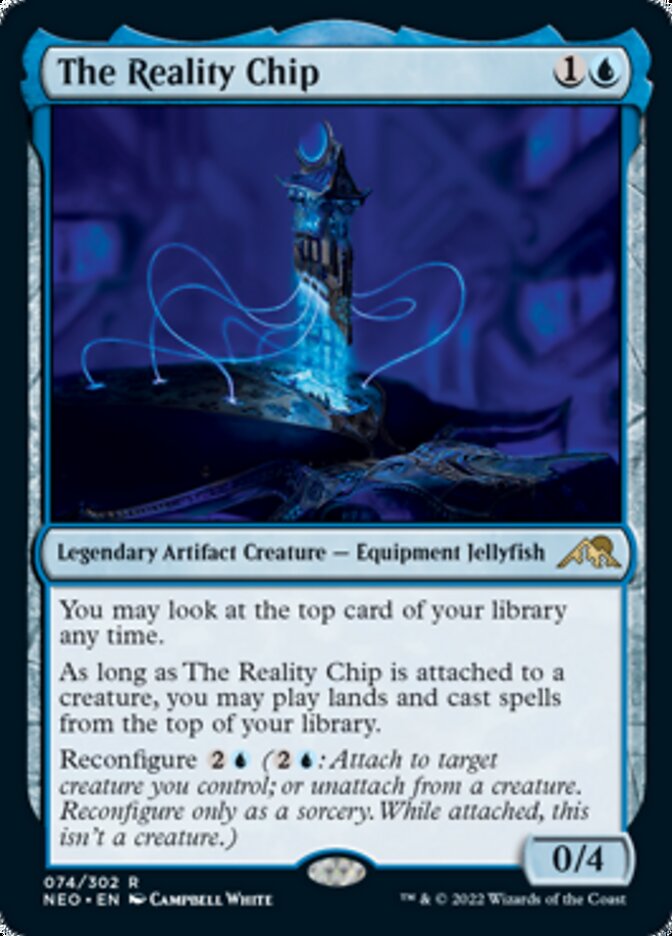
The Reality Chip gives you a source of card advantage independent from your Rocks. Playing cards off the top of your library lets you see a lot of cards. You’ve also got a bunch of fetch lands, so seeing the top of your library and deciding if you want to shuffle or draw the card on top is invaluable.
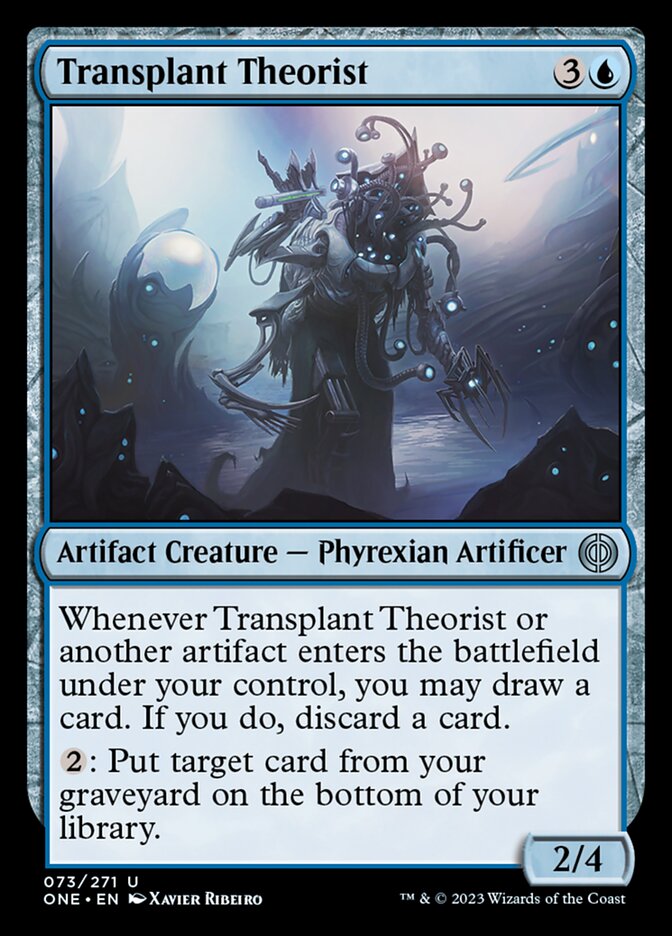
Transplant Theorist is a lot like Quicksmith Genuis, except it lets you loot instead of rummage, which is just a better form of card filtering.
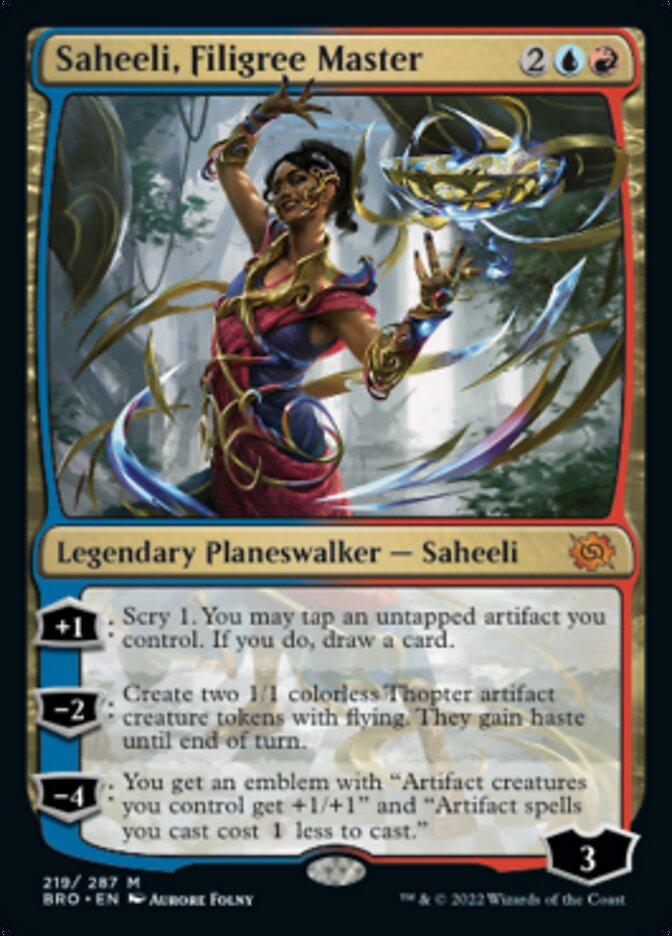
Saheeli, Filigree Master lets you tap Rock tokens to scry and draw cards, which gives you a steady source of card advantage you easily keep up with by making a Rock most turns. Its emblem also gives your artifact creatures a significant stat boost.

Thopter Spy Network potentially draws you multiple cards a turn since it triggers off each player you hit. It’s also a useful source of artifact tokens in case Toggo or Sakashima gets removed for a turn or two.
The card advantage gets rounded out by cantrips. Ponder, Preordain, Brainstorm, and Expressive Iteration give you control over the top cards of your library to help sculpt your hand and plan out a few turns.
Mana Cheaters
Lots of your finishers are big, expensive artifacts. You’ve got a bunch of ways to cheat them into play to help maximize your chances of getting them out in a reasonable time frame, either from the library or the graveyard.
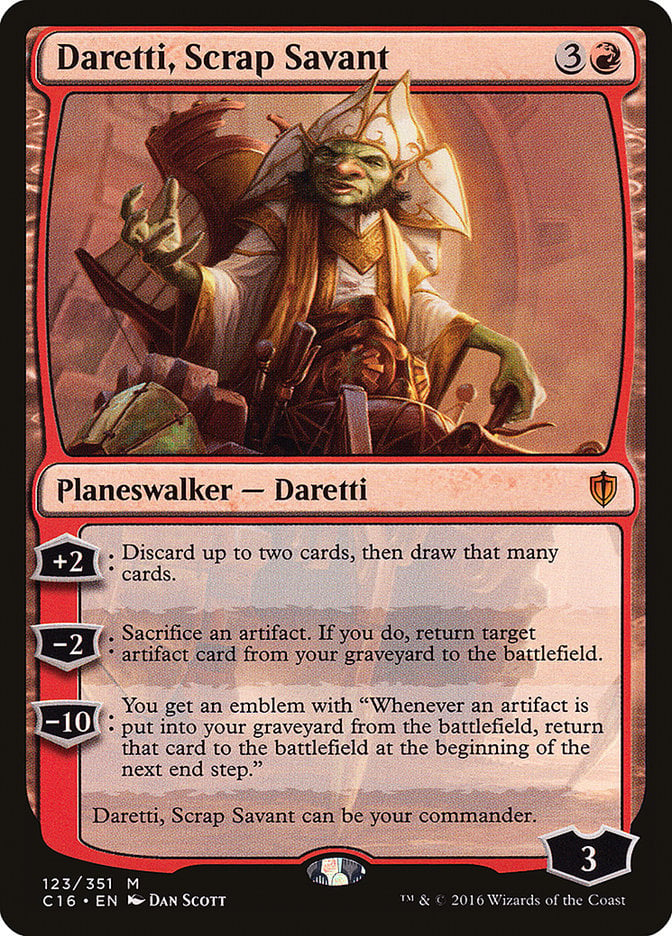
Daretti, Scrap Savant is one of your best reanimation pieces because it’s a payoff and an enabler. Its first ability dumps creatures into the graveyard to reanimate them later. You’ll almost always want to sacrifice a Rock to the second ability to turn a token into a real card.
Goblin Welder and Goblin Engineer also let you get in on sacrificing Rocks in favor of more explosive artifacts. These goblins build on Toggo’s foundation to craft exquisite weapons. Goblin Engineer has the extra benefit of tutoring up a piece for an infinite combo.
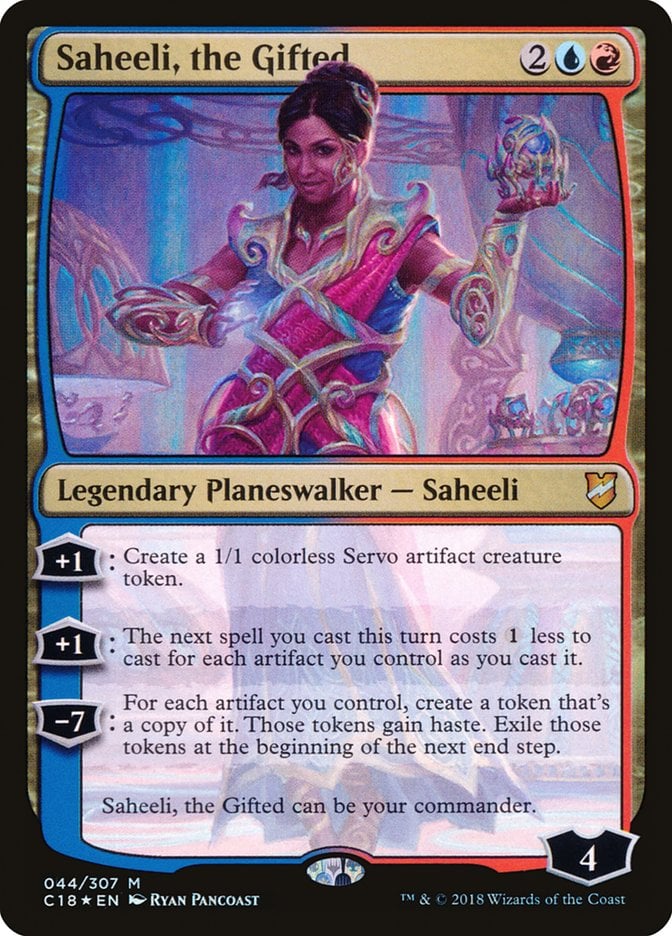
Saheeli, the Gifted doesn’t cheat your artifacts into play because you still need to cast them. That said, its cost reduction ability makes your most expensive spells a few mana at most. The other abilities add to your artifact counter and let you double up on finishers late in the game.
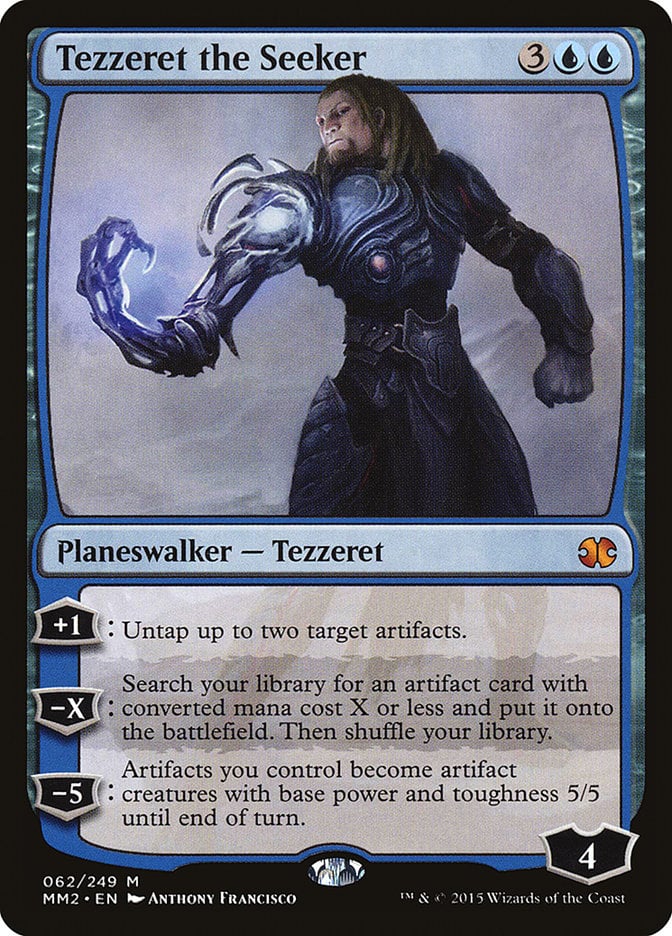
Tezzeret the Seeker doesn’t tutor every artifact in the deck the turn it comes down, but it can hit some important pieces. It’s also a great source of ramp and can be a defensive piece by untapping some of your bigger artifact creatures for pseudo-vigilance. It acts as a finisher by making your abundance of Rock tokens into a massive army.
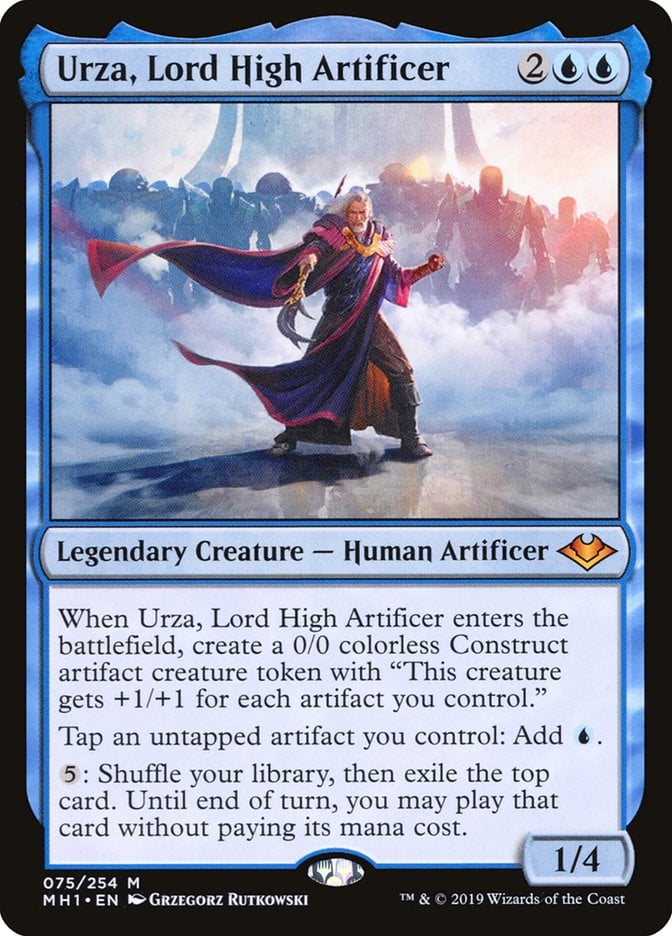
Urza, Lord High Artificer is another great way to cheat your artifacts into play. Most of your finishers cost more than five, so you usually get a discount if you hit them off the activated ability. Like Saheeli, Urza also generates an obscene amount of mana with your Rocks to help power out your big creatures.
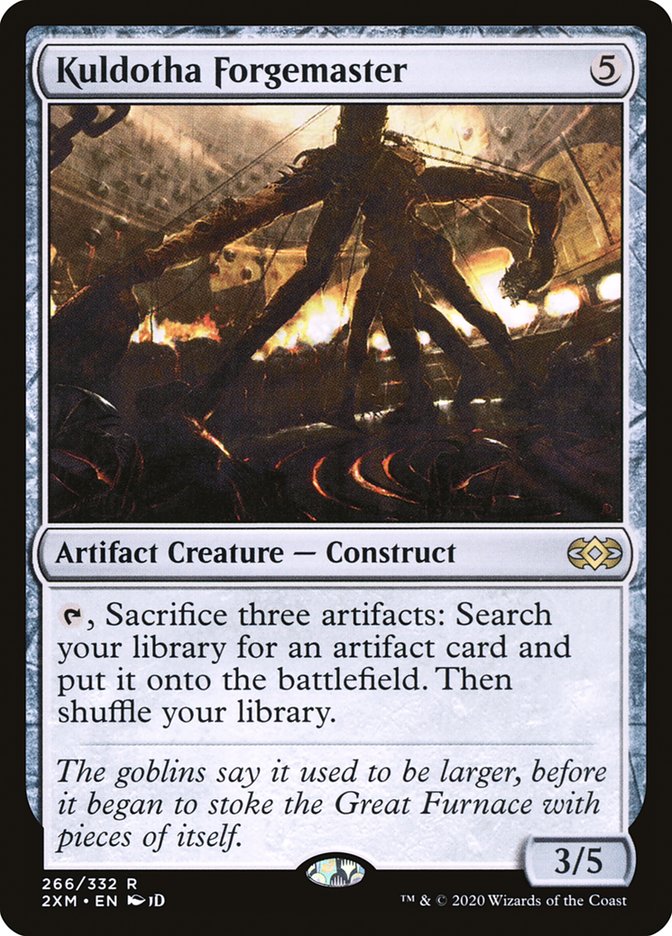
Kuldotha Forgemaster gets you any artifact from your deck at instant speed just by smashing together some scraps in a cave. Sacrificing three artifacts can feel like a lot, but it can sacrifice itself and some Rocks to find any of your finishers at the perfect time to end the game.
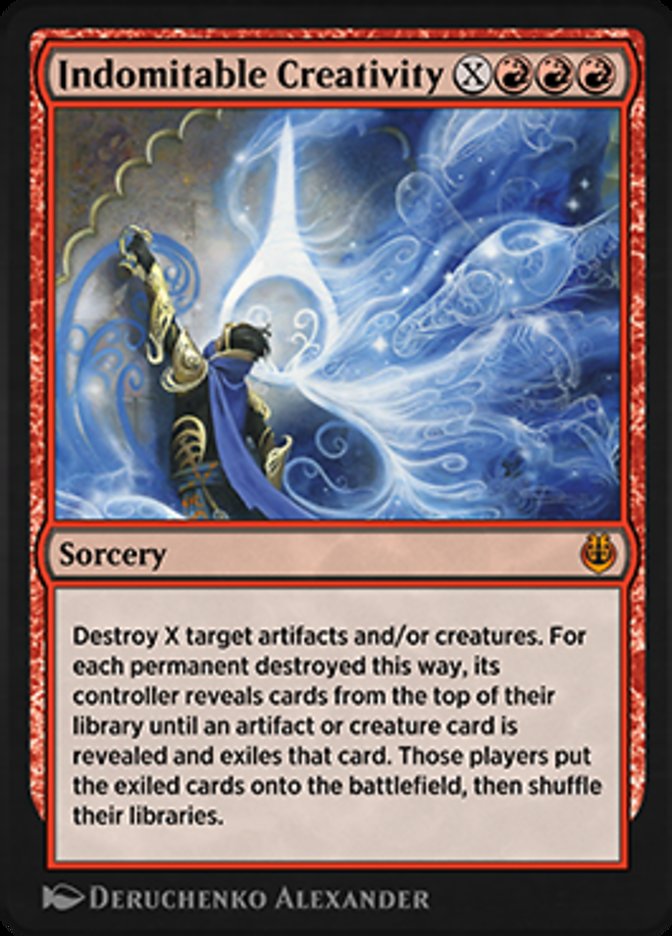
Indomitable Creativity is the last of your cheat effects, and it’s so much fun. Blowing up a bunch of Rocks is a bit of a gamble, but you generally hit something worthwhile if you dump enough mana into this. Flipping cards off the top for a random payoff adds an exciting level of variance to the game.
Finishers
No Commander deck is complete without ways to finish the game, and there are plenty here. Almost all your finishers are artifacts, and there’s a strong focus on turning your Rock tokens into creatures. It’s both an effective way of converting a bunch of noncreature artifacts into a win and a flavorful way of bashing face with your Rocks.
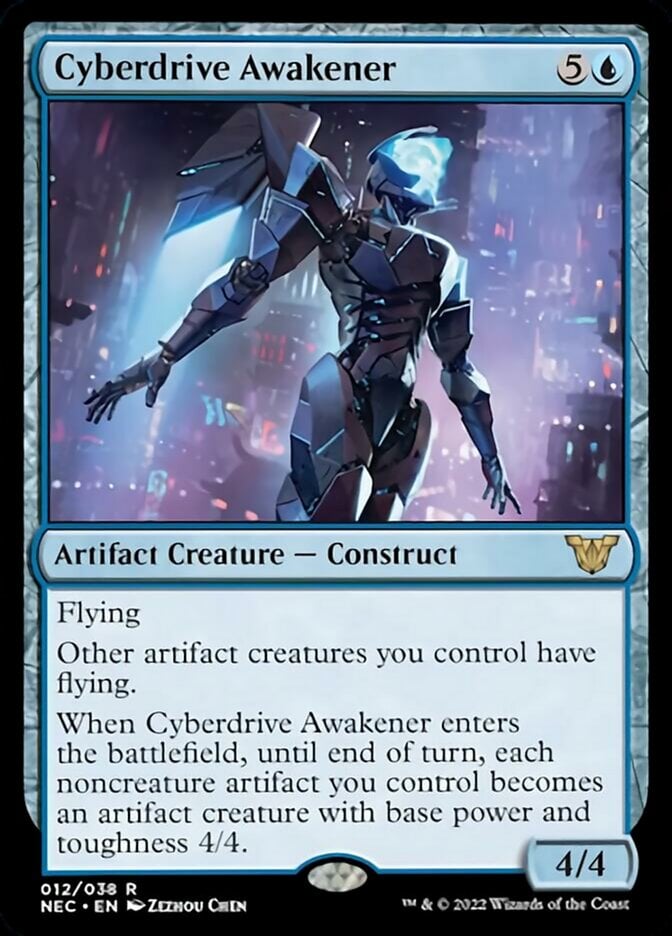
Cyberdrive Awakener is one of the best cards at sending your Rocks flying, turning them into 4/4s and launching them into the air. This is one of the best finishers to copy with Sakashima because the ability only lasts until the end of the turn.
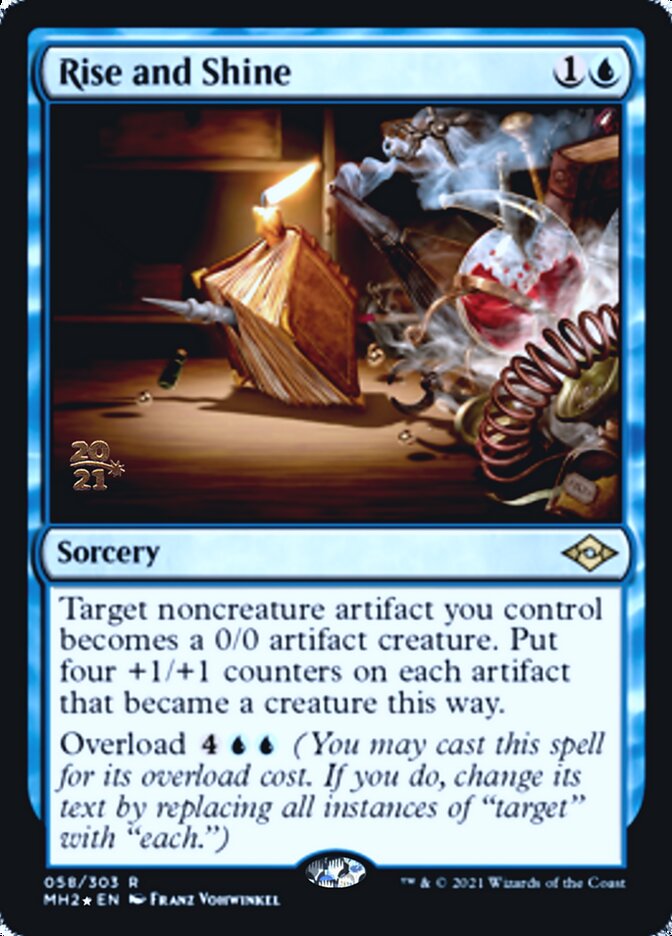
Rise and Shine doesn’t give your artifacts flying, but its effect is permanent. Turning your Rocks into 4/4s for the rest of the game usually gives your opponent little time to react before you bring them down.

Kappa Cannoneer doesn’t fling the Rocks, but it is fueled by them. This grows crazy fast because every land drop produces an artifact or two, and it slips through your opponent’s defenses with ease.
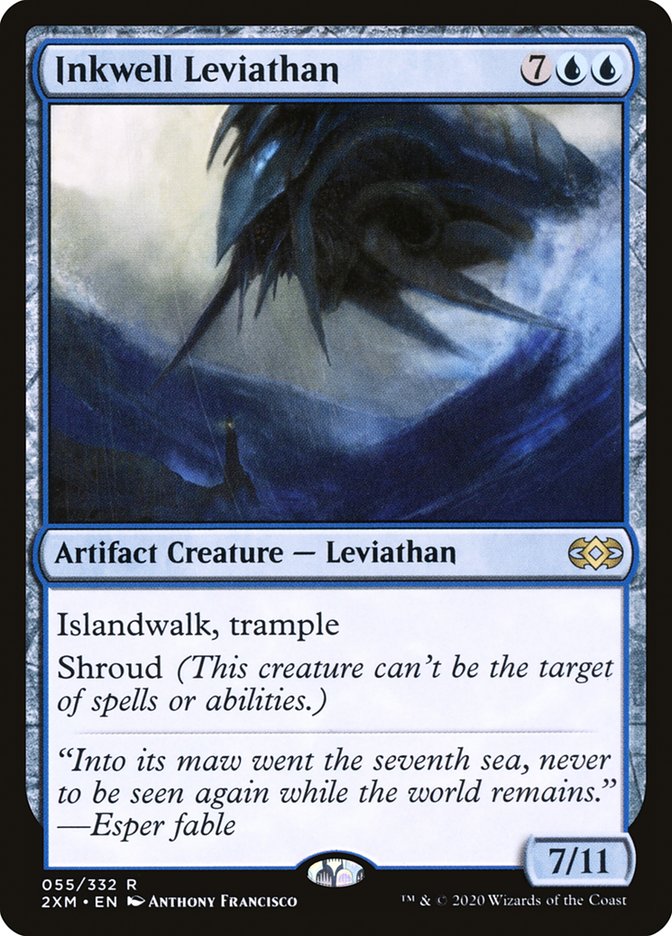
Inkwell Leviathan gives you a second threat that’s highly evasive and protects itself extremely well.
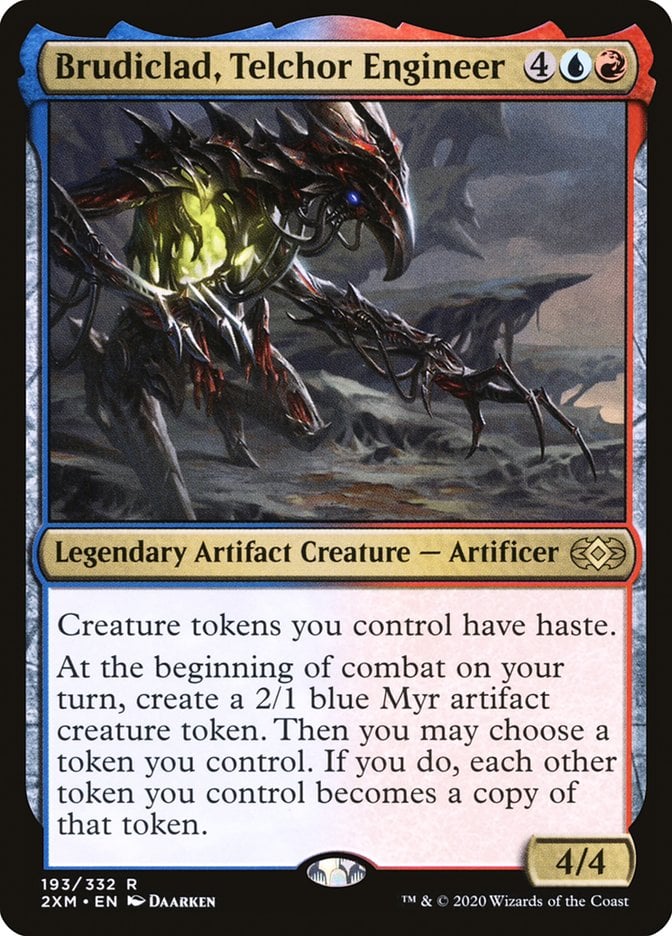
Brudiclad, Telchor Engineer is one of your best finishers. It turns your Rocks into hasty 2/1s. It can also make them into evasive beaters with your various Thopter producers and spikes hard with Urza’s Construct.
Myr Battlesphere helps with your token themes and is also just a big ole artifact to throw at opponents. Combustible Gearhulk and Wurmcoil Engine also fall into this general grouping of finishers.

Astral Dragon provides utility in the finishers slot. The ability to steal copies of the best noncreature permanents and make them creatures is an interesting value engine that opens engaging lines of play and can gives you access to tools your colors and deck might not otherwise provide. This is also a combo piece.

Memnarch is another great way to nab your opponents’ cards for value. This is the best answer for opposing commanders in the deck since stealing doesn’t change zones, so they don’t return to the command zone. It also disrupts ramp and other artifact strategies.

Blightsteel Colossus is just a funny card to flip into play off something like Indomitable Creativity, or copy with Sakashima or another Clone effect. It’s also the ultimate upgrade for Kuldotha Forgemaster banging a couple Rocks together.
The Mana Base
The mana base has quite a few rocks of its own to help you power out your big plays.
The eternally present Sol Ring makes an appearance here alongside a slew of 2-mana rocks: Arcane Signet, Fellwar Stone, Izzet Signet, Mind Stone, Talisman of Creativity, and Thought Vessel.
You’ve also got some mana rocks that double as value pieces in Cursed Mirror and Machine God's Effigy, which allow you to copy the best creature in play. Cursed Mirror lets you attack with it while the Effigy gives you its abilities. Neither is restricted to creatures you control.
There are three modal double-faced cards in the deck. Sea Gate Restoration gives the deck some late-game staying power, while Shatterskull Smashing gives you a bit of removal. Glasspool Mimic becomes another copy of your best creature. These are important since you need access to plenty of lands for your commanders but don’t want to risk flooding out.
Beyond the MDFCs, your land base focuses on fixing. You’ve got a lot of fetch lands included to double up Rock production as much as possible. One fetch generates four Rock tokens if Toggo and Sakashima are in play.
The Strategy
You’re a slow, snowbally deck that wants to win towards the later stages of the game. You want to take your time to build up a stockpile of Rocks so you can end the game in a turn or two by deploying some of your finishers.
You don’t want to look like a threat in the early game. Be content to sit behind your commanders, generating Rocks and drawing cards. The Rock token doesn’t look especially threatening until you start turning them into 4/4s, so you’ve got time.
Ramp is super, super important in this deck. You want to have a 2-mana rock in your hand because that allows you to play Toggo on turn 3 and Sakashima on turn 4 before playing your land drops on those respective turns. It’s a bit mana inefficient but lets you get an avalanche rolling with three Rocks by turn 4.
It’s important to keep an eye on how things are progressing in the first few turns of the game. This can be a fast deck that dumps out a bunch of Rocks and finishes with a quick Cyberdrive Awakener or Brudiclad, Telchor Engineer. You can also play a long game. Your planeswalkers and cards like Memnarch and Ghirapur Aether Grid give you lots of staying power in a longer game.
It's important to identify which game plan you want to go for. You’ve got lots of card filtering and cantrips that help smooth out your hands, so you need to decide what shape you want the game to be. Knowing your game plan also allows you to maximize the effectiveness of your tutors. Understanding the pace at which you want to end the game is the first step to winning it.
Combos and Interactions
The first interaction to examine is Sakashima of a Thousand Faces and your other clone effects. You’ve got a few other cards that enter the battlefield as a copy of a creature you control. The instinct with these cards is to make another copy of Toggo with Sakashima on the battlefield canceling out the legend rule.
It’s important to make the newcomer (say a Glasspool Mimic) enter the battlefield as a copy of Sakashima copying Toggo instead of the original Toggo. It’s a small thing, but the original Toggo doesn’t have the ability that turns off the legend rule. If you copy Toggo and your opponent kills Sakashima, that imposes the legend rule on your Glasspool Mimic. Copying the Sakashima lets you keep two Toggos around.
On a similar note, Machine God's Effigy is an interesting artifact with some quirks to its ability. If it copies a legendary creature, it also copies the legendary subtype and has the same name as the said creature, so the legend rule affects the copy and makes you choose one to keep. This isn’t just a free way to copy Toggo.
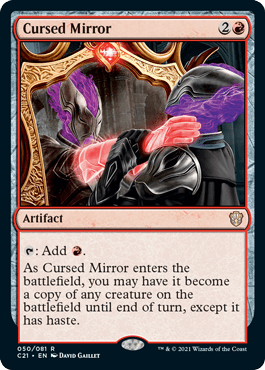


I referenced an infinite combo a few times, so let’s look at that. For the main combo, you need Cursed Mirror in play and Astral Dragon in your hand. This doesn’t work if the Mirror came into play this same turn and is already copying a creature; you need it to be a noncreature permanent.
Cast Astral Dragon with Cursed Mirror in play. When it comes into play, target Cursed Mirror with the ETB ability. As the token copy of Cursed Mirror enters the battlefield, have it become a copy of Astral Dragon, and you’ve got a Splinter Twin situation on your hands. This generates infinite hasty Astral Dragons.
This combo notably doesn’t work the other way around. If you have Astral Dragon in play and cast Cursed Mirror, you can have the Mirror enter the battlefield as a copy of Astral Dragon. However, since the Dragon becomes a creature, you can’t copy it to go infinite. You need the Cursed Mirror to be a noncreature permanent so that each new Astral Dragon can copy the original mirror.
You can do a similar trick with Machine God's Effigy, though it has some interesting quirks. You can make infinite creatures like with the Cursed Mirror combos, except they won’t have haste unless you have Brudiclad in play. You could also choose to have your infinite tokens come into play as noncreature permanents that can tap for mana, generating infinite blue mana.
You’ve got two outlets for your blue mana. The first is Memnarch. Turn every permanent into an artifact and steal them all forever. It’s a great way to close out a game and lose all your friends.
The other outlet is Indomitable Creativity. For this to work, you need a few red mana sources since you only make infinite blue mana. You have infinite artifacts in play with your infinite copies. You want to target a hundred or so of them with Creativity. That flips every artifact and creature in your deck into play.
With all your artifacts in play, Brudiclad, Telchor Engineer turns your remaining infinite tokens into hasty 2/1s to win the game.
You can use Urza, Lord High Artificer as a mana outlet that lets you find Brudiclad. If your Myr engineer is already in the graveyard, Urza can also find Daretti, Scrap Savant to reanimate it and get the win.
Rule 0 Violations Check
You’ve got infinite combos, which is always something to run by your table. Not everyone likes those as win conditions. Thankfully, your combo pieces have utility outside of the combo. If the table doesn’t want infinite combos, you can just not combo off with them.
Blightsteel Colossus could also raise a few eyebrows since Commander players aren’t always fond of infect as a win condition. It’s mostly in the deck because I find it amusing, but you can substitute with Darksteel Colossus for a similar effect if it’s not the kind of card your playgroup enjoys.
Budget Options
One of the easiest budget cuts you can make to this deck is the fetch lands. Cards like Arid Mesa and Scalding Tarn are useful to quickly generate a bunch of Rocks, but they also drain your wallet. They can be replaced with budget-friendly fetch lands like Evolving Wilds and Terramorphic Expanse.
Blightsteel Colossus is the most expensive card in the deck. Darksteel Colossus comes in clutch again as a better option on a tighter budget, and Metalwork Colossus could even work as the ultra-budget choice.
Indomitable Creativity is like Blightsteel in that it’s fun, but wholly unnecessary. It’s also expensive and could swap out for pretty much anything. Madcap Experiment can give a similar vibe of spinning the wheel to see what you hit, but another card draw spell or piece of interaction would work just as well.
Sea Gate Restoration and Shatterskull Smashing could both be replaced by basic lands to lower the cost or by spells; the best-case scenario is probably to split the difference with one basic land and another draw spell.
Tezzeret the Seeker is useful but a bit more expensive than other tutor options like Whir of Invention or Fabricate.
Urza, Lord High Artificer is hard to replace, which is part of what makes it so expensive. Something that makes Construct tokens like Karn, Scion of Urza would be a good choice since the tokens get very large very quickly.
Goblin Welder does a lot of work reanimating your artifacts for very little mana but costs a lot of money. It can be replaced with Trash for Treasure to get a similar effect.
Other Builds
The partner mechanic offers a ton of flexibility. The sky’s the limit, and that’s doubly true for Sakashima of a Thousand Faces because it gives you a second copy of whatever you want to be doing. With something super specific like Toggo that gives you a super focused deck, but you could also pair it with something generally broad like Vial Smasher the Fierce for a deck that doubles down on a powerful effect without stringent deckbuilding requirements.
Another interesting commander to pair with Sakashima could be Ravos, Soultender to build an Esper () aggro deck that gives your team +2/+2 and makes it hard to effectively deal with your board state by drawing two cards a turn. Another pairing could be Ikra Shidiqi, the Usurper for a Sultai () lifegain deck that gains huge amounts of life each combat.
Commanding Conclusion
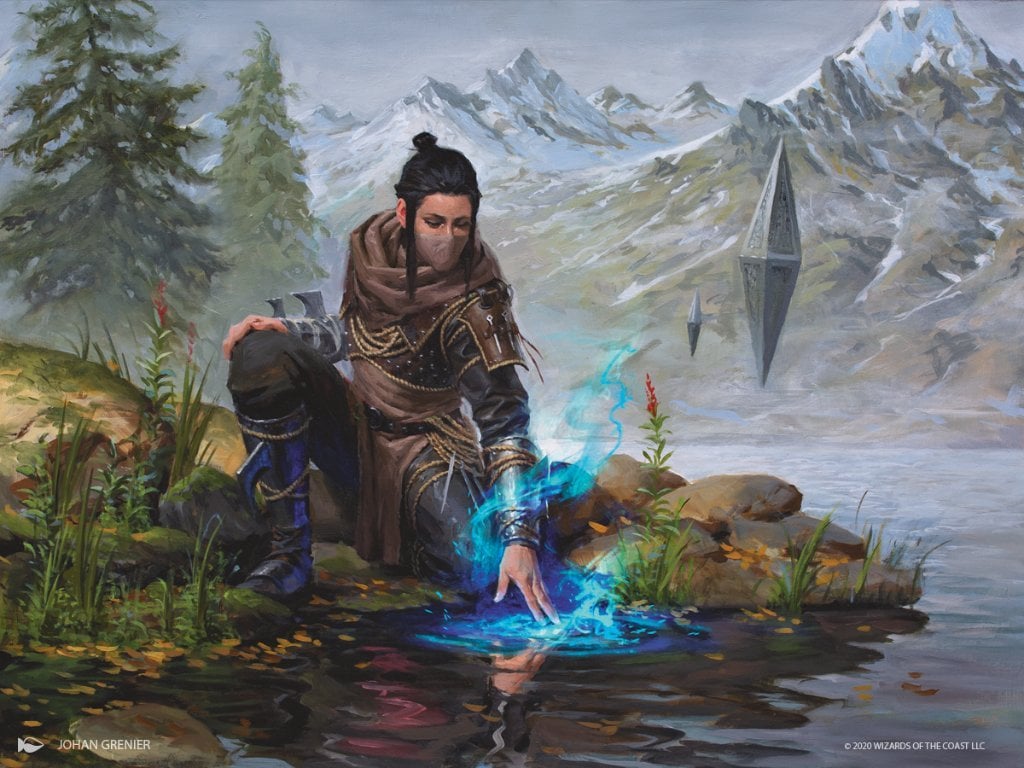
Glasspool Mimic | Illustration by Johan Grenier
Sakashima of a Thousand Faces is a commander that offers a bunch of possibilities. You can see it at cEDH tables, but it’s got a lot to offer in a casual setting. This deck uses it to double down on a commander that might be a bit too slow if you couldn't double the production of your Rock tokens.
You could also use Sakashima to double up on generally strong abilities. It’s also powerful since it lets you get around the singleton confines of Commander to get multiple copies of the best creatures in your deck. What did you think of the pairing? Who would you partner Sakashima with? Let me know in the comments below, or over in the official Draftsim Discord.
Stay safe, and enjoy your rock collection!
Follow Draftsim for awesome articles and set updates:
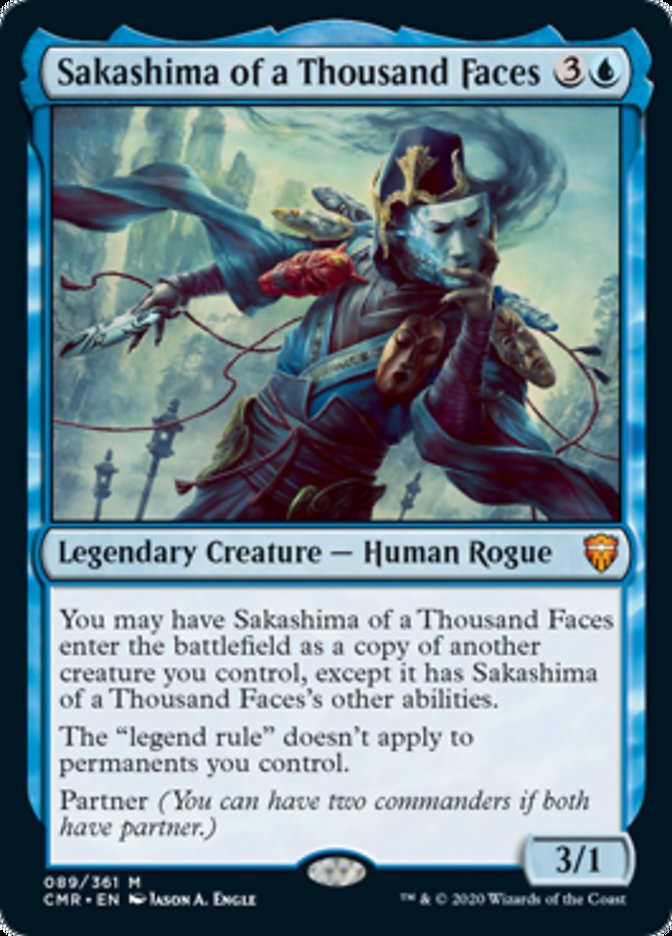
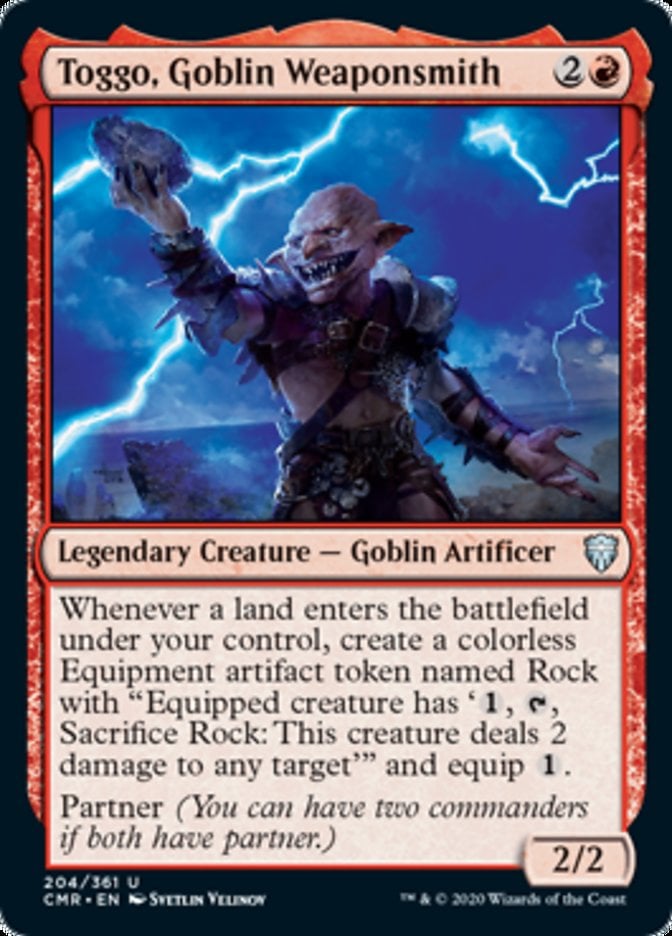
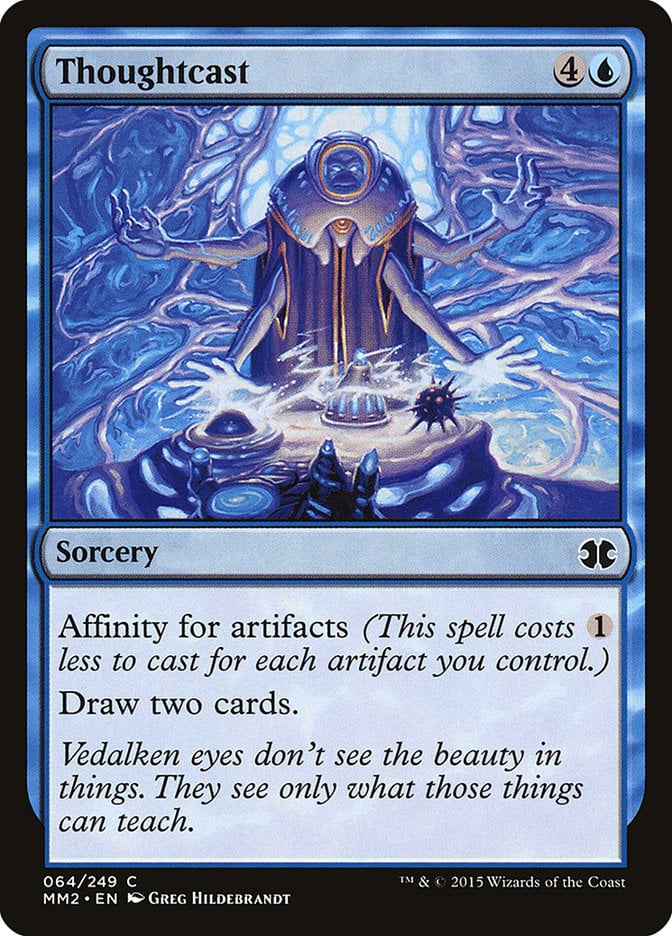
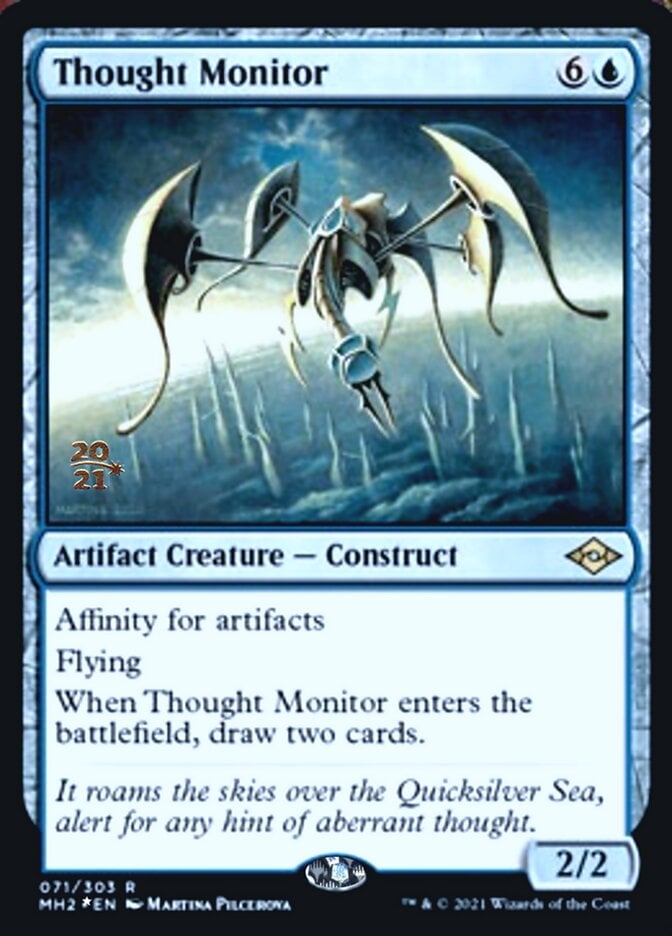


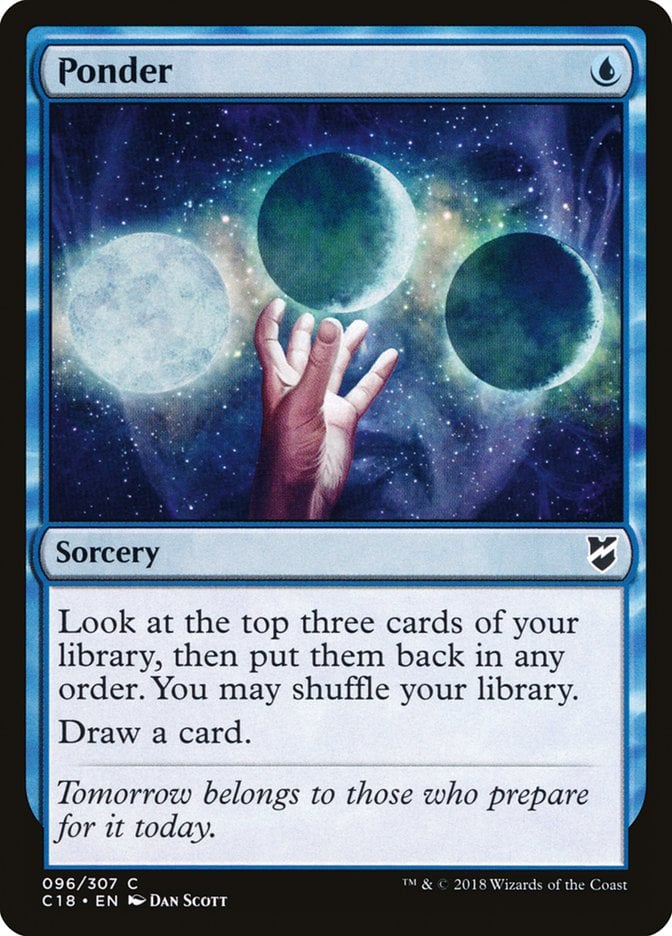

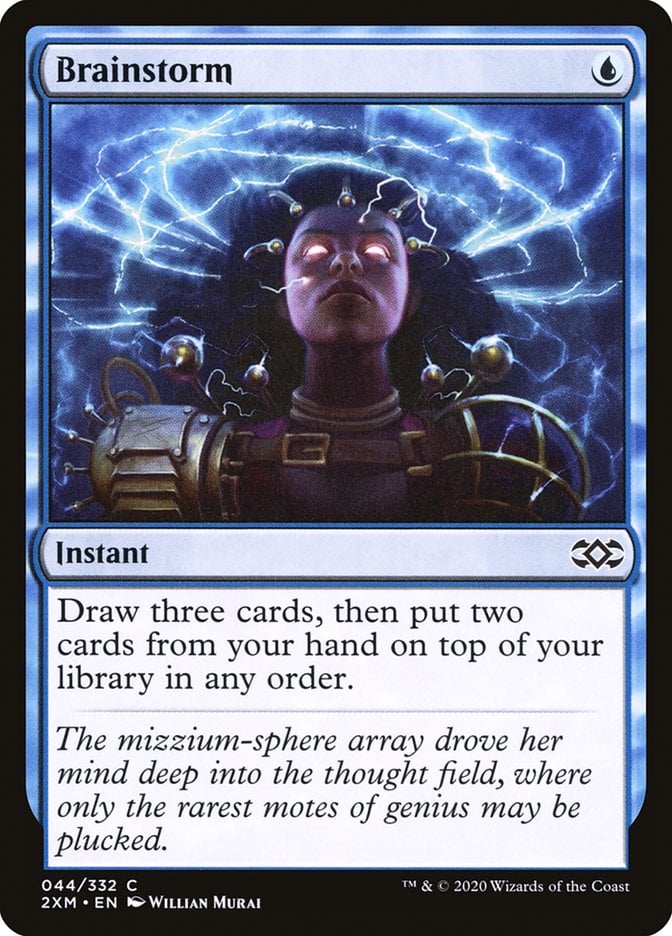

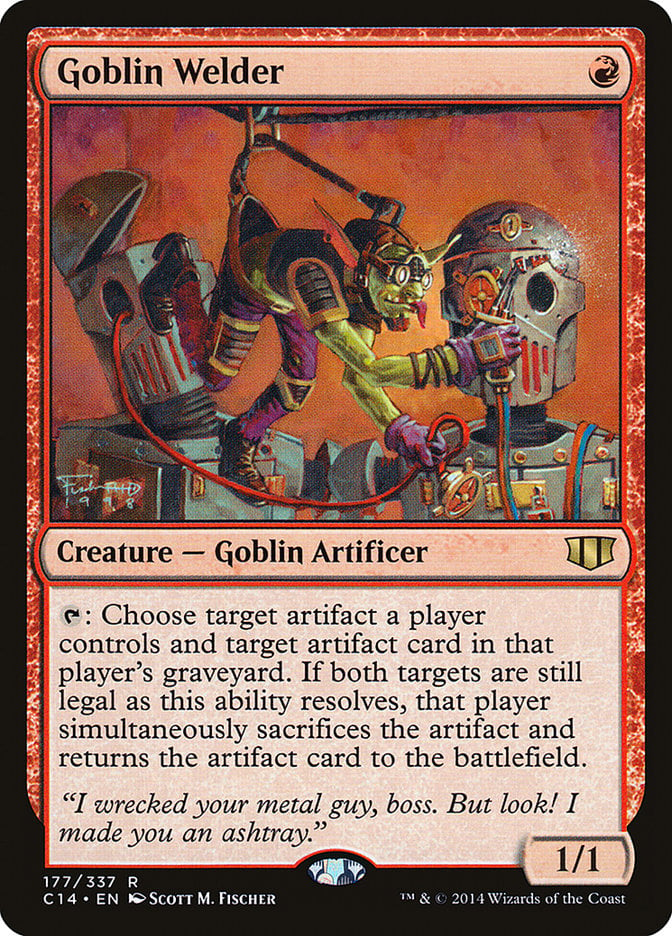
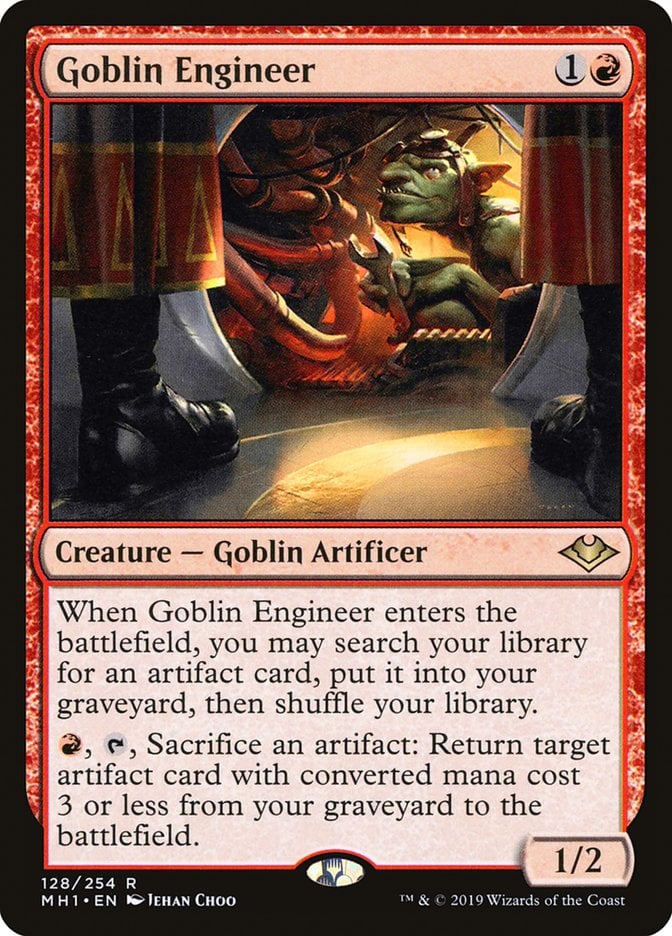
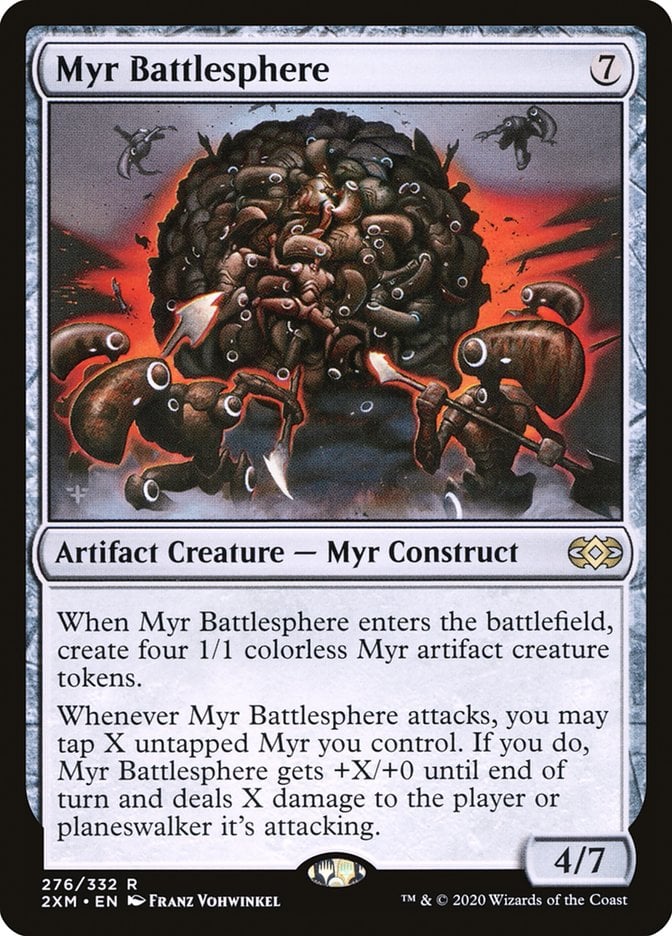
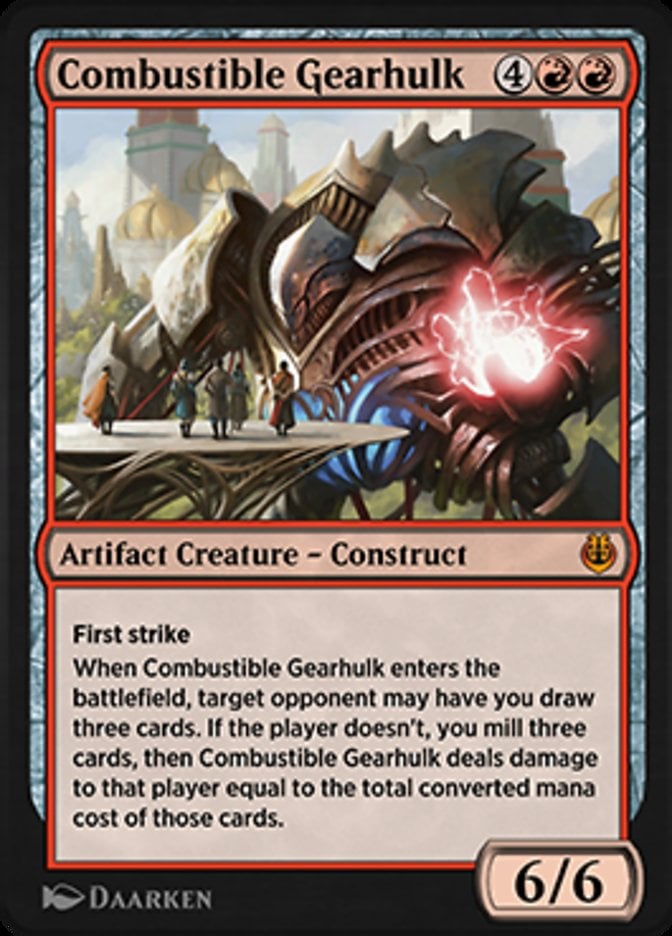
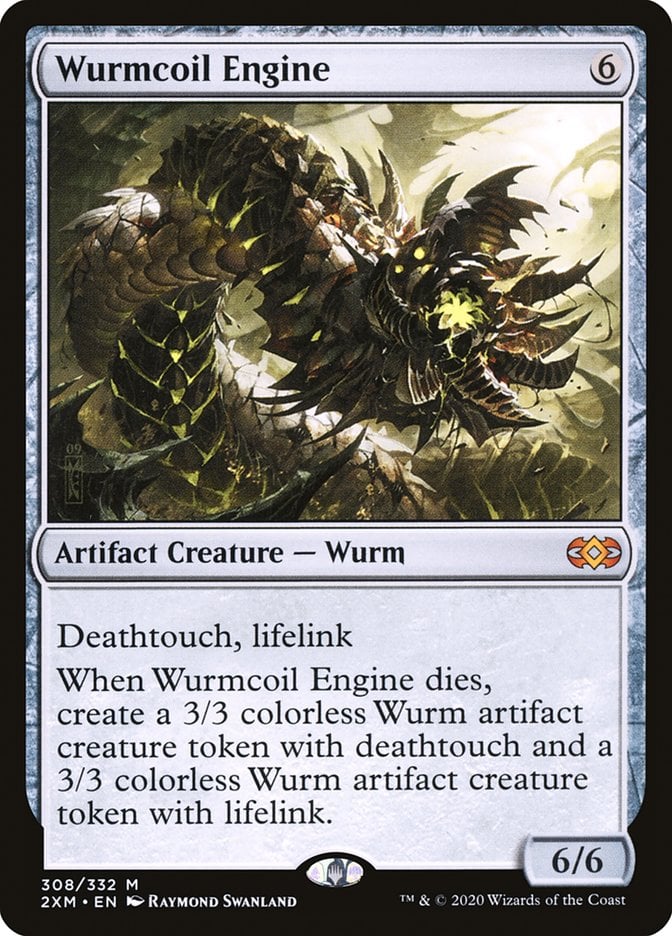

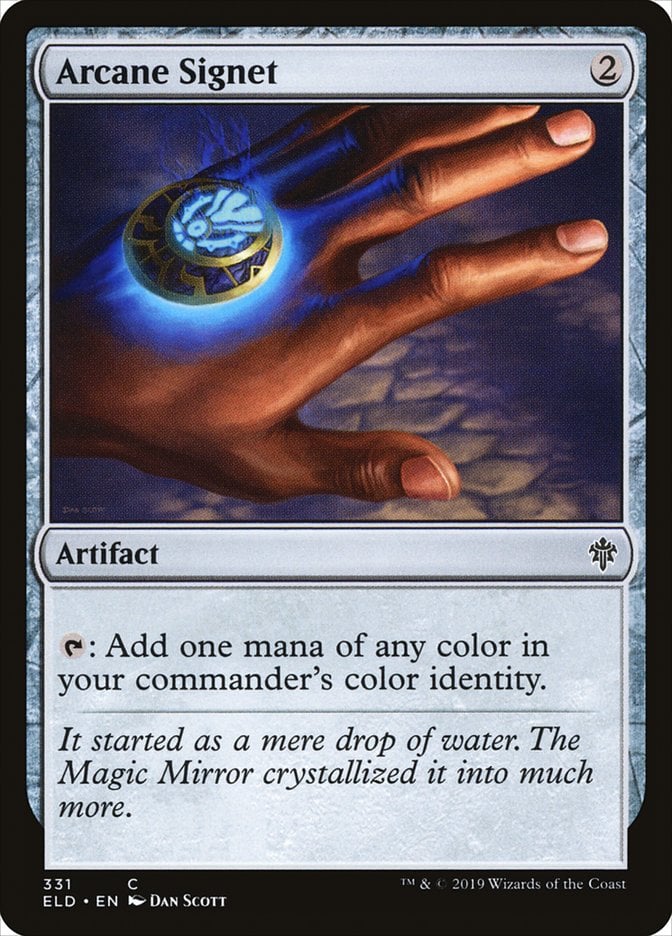

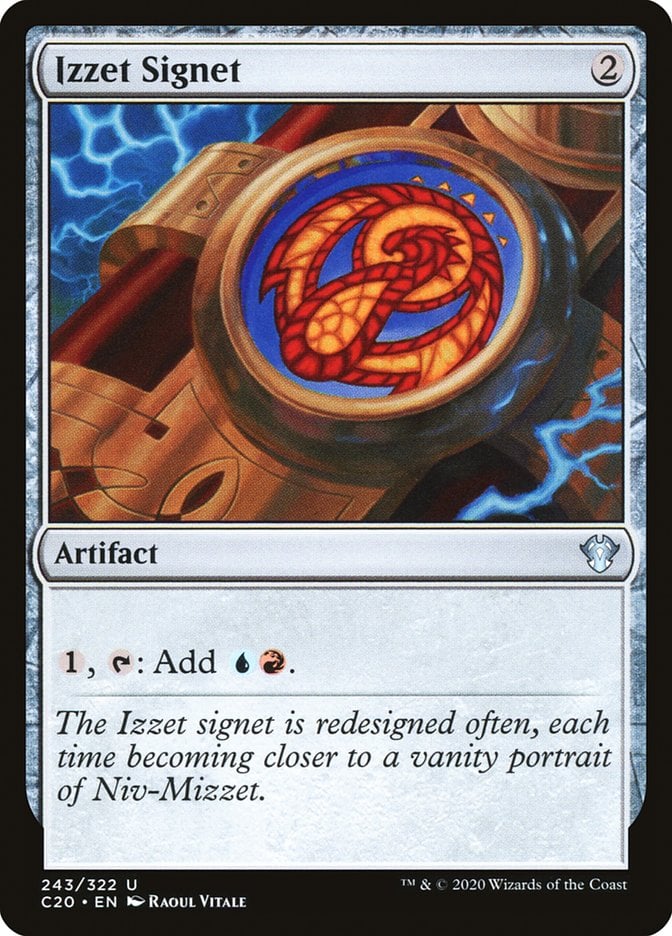
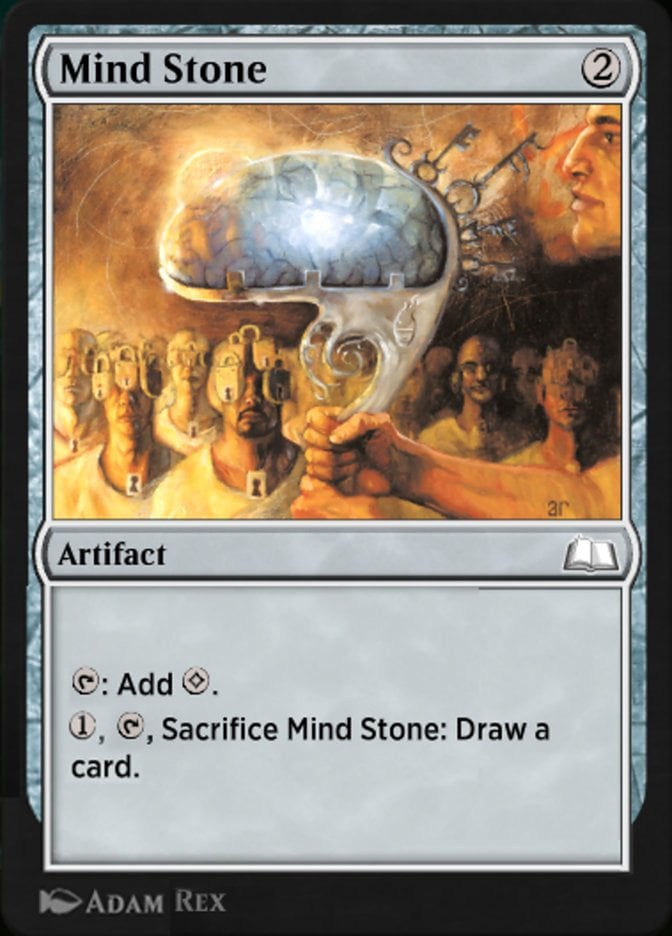
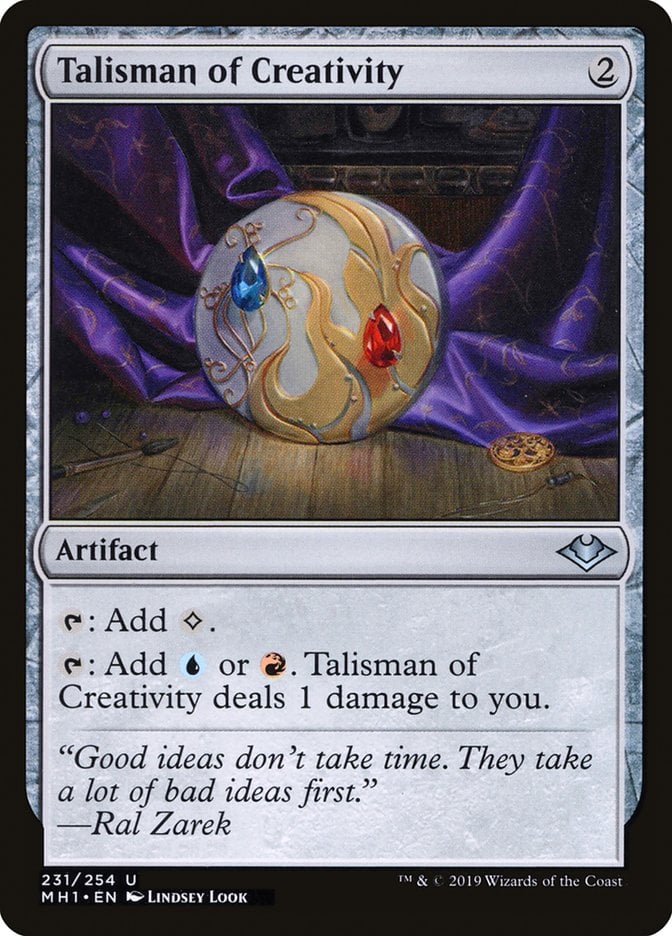
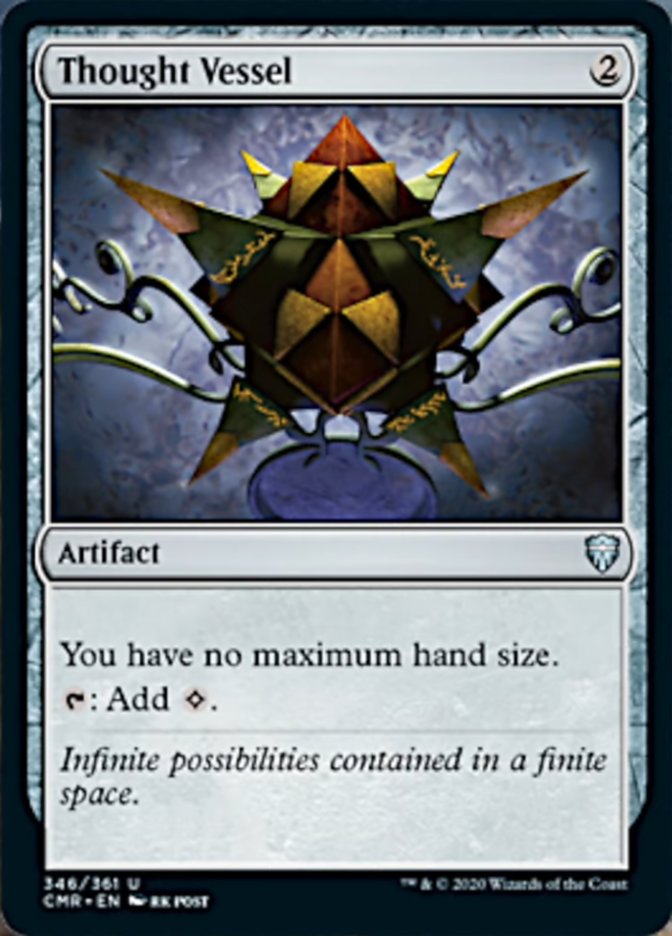
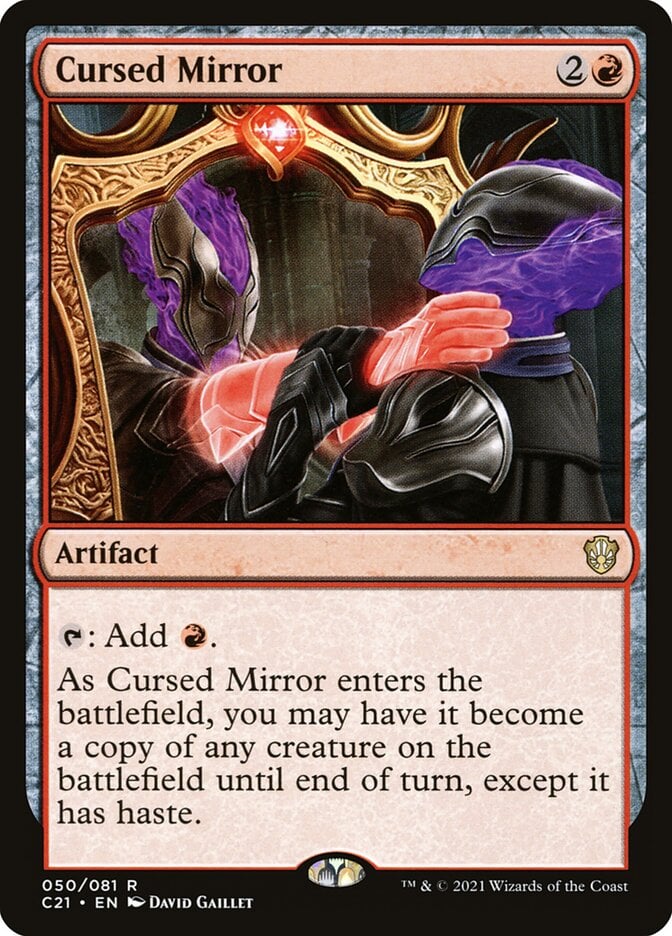
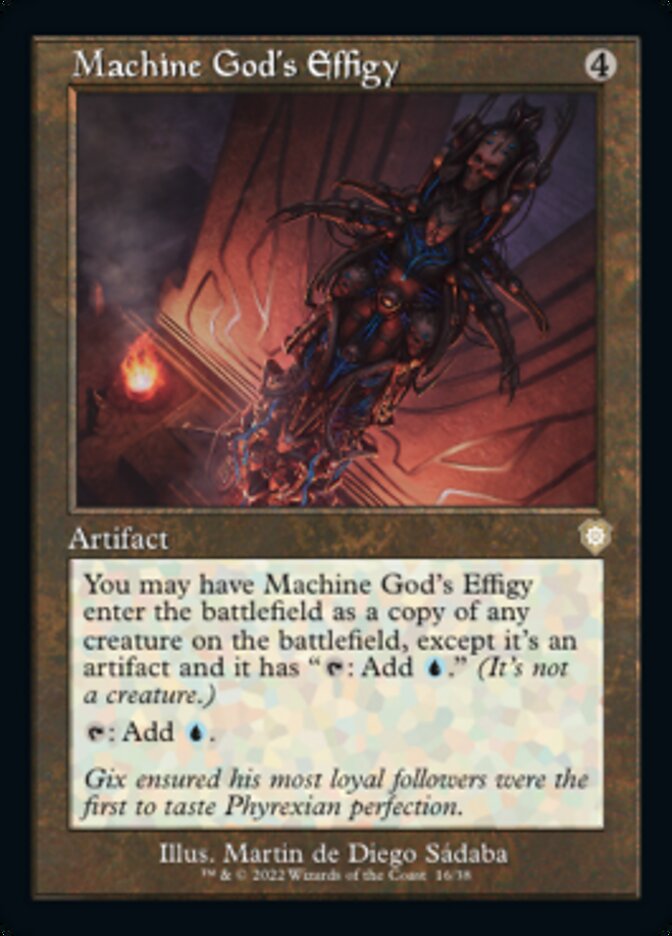
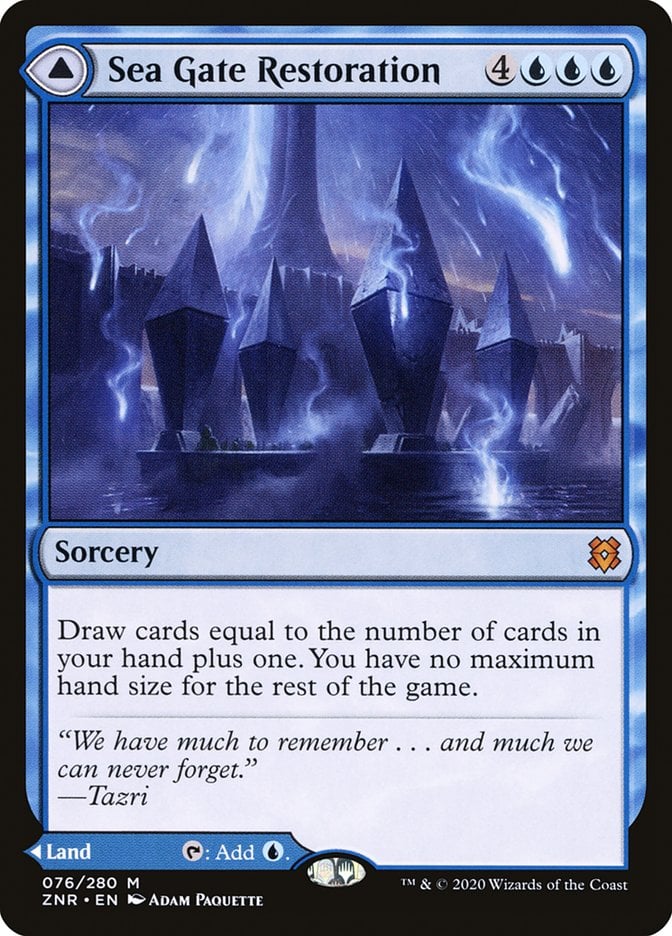

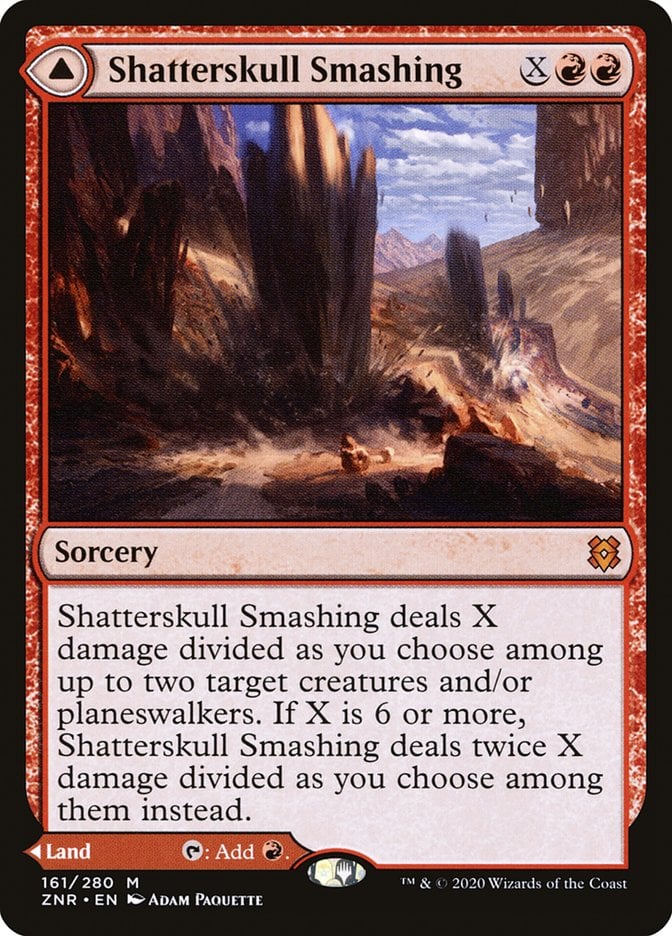



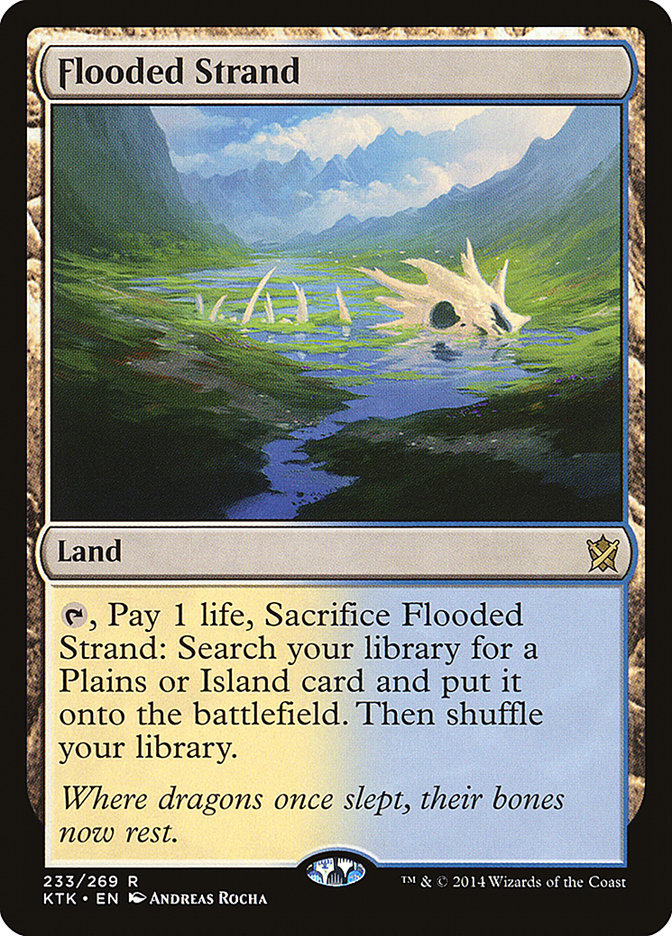


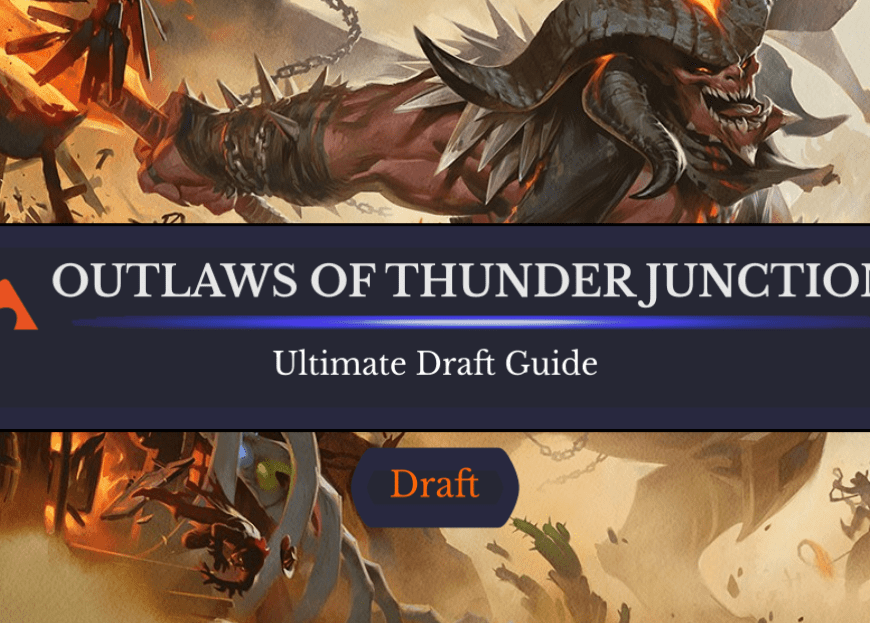
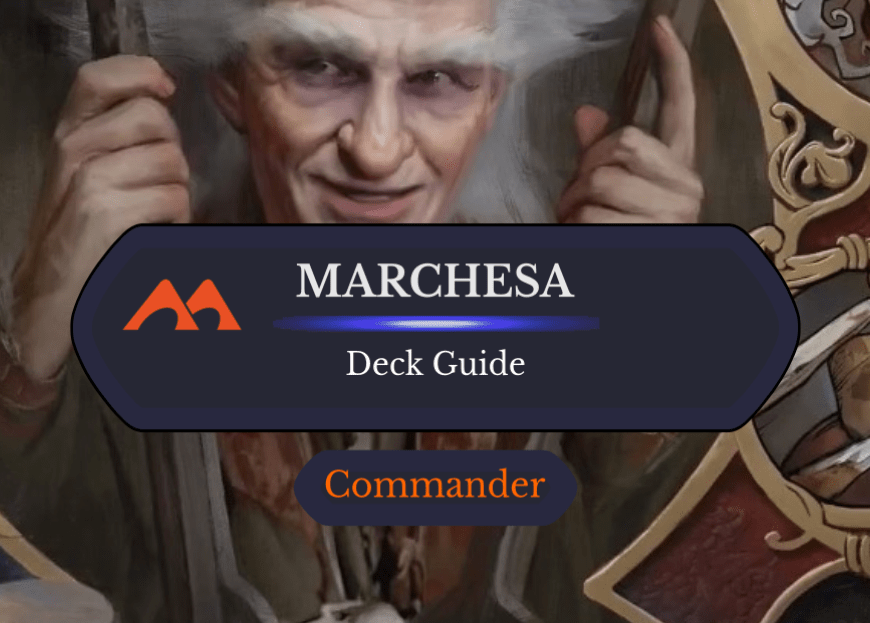
Add Comment